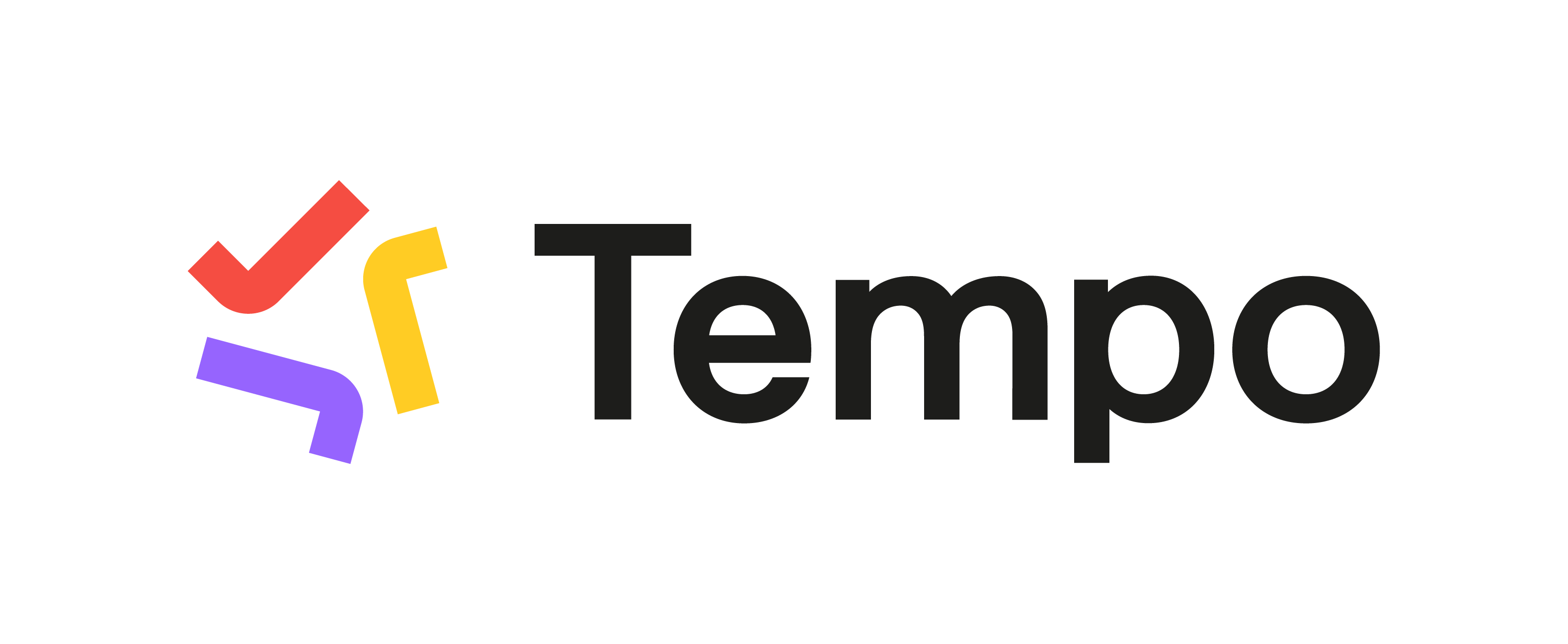If someone intend to migrate from Time Tracker to Timesheets
To clarify, Time Tracker and Tempo Timesheets do not share the same database.
-
Tempo Timesheets stores data in its own database.
-
Time Tracker does not have a separate database—it reads and writes data directly from Jira’s database.
What This Means for You:
✅ Your worklogs and time tracking data will still be available in Time Tracker since all tracking data is stored in Jira’s database.
❌ However, Tempo-specific features like Accounts, Plans, and Approvals will not be carried over, as they are exclusive to Tempo.
In summary: There’s no migration needed—all time-tracking data stored in Jira will be accessible in Time Tracker.
Usage statistics
Data Center
The Time Tracker app does not provide usage statistics. It reads worklogs, issues, and project data from Jira, enabling users to generate reports and gadgets for any project as needed. The Jira Time Tracking configuration (which allows users to log time) is a native Jira feature that Time Tracker reads from.
To assess the plugin’s usage in your Server/Data Center environment, you can try the following methods:
Gadgets:
-
You can identify whether plugin gadgets are installed on any dashboards by running the following SQL query on your Jira database:
SELECT portalpage, gadget_xml, count(*) FROM portletconfiguration WHERE gadget_xml LIKE '%jira-timesheet-plugin%' GROUP BY portalpage, gadget_xml;
Reports:
-
Check your web server access logs for report usage by searching for:
ConfigureReport.jspa.*jira-timesheet-plugin:report
Subscriptions:
-
Review Time Tracker report subscriptions by navigating to:
Administration > Add-Ons > Timesheet Subscriptions.
Cloud
Unfortunately, there are no built-in usage statistics available in Time Tracker Cloud at the moment.
However, as an alternative, you can create a simple report using Jira filters or dashboards to identify how many users are logging time.
Then, by grouping the results by Worklog Author, you can see how many users have logged time. This can be done using Jira gadgets or by exporting the results for further analysis in Excel or BI tools.
Here’s how to create the report:Steps to Create a Usage Report in Time Tracker
-
Go to the Time Tracker App
-
In Jira, navigate to Apps > Time Tracker.
-
Access the Reports Section
-
Open the Timesheet option
-
Mark All Users
-
Set the Date Range
Choose a custom date range. For example:
From: January 1st of this year
To:Today’s date
This will help you evaluate user activity from the beginning of the year to now.
-
Group the Report by “Worked User”: It will display all users who created worklogs across all projects and issues within the selected date range.
-
The report will list each user and the total time they’ve logged.
Here’s an example of how your Time Tracker report should be configured:
This method gives you visibility into how many users are actively using the Time Tracker plugin by tracking who is logging time.
Migration DC/Cloud
At the moment, Time Tracker doesn’t have an automated migration path and isn’t migrated through JCMA. Here’s a quick overview of how the process works:
-
Data safety: All Time Tracking and Issues data are stored in your Jira database, so no data will be lost. For more details, you can refer to this KB: [How intrusive is Prime Timesheet plugin in JIRA?] .
-
Migration process: Since your data is stored within Jira, the migration is essentially as straightforward as migrating Jira Software itself. Atlassian should handle this part automatically.
-
App reinstallation: The Time Tracker app/add-on will need to be installed in your Cloud environment, and any dashboard gadgets or email subscriptions will need to be reconfigured manually. You can find more information in this KB: [Cloud/Server Moving/Migration] .
-
Licensing: Please note that licenses for Prime plugins for Jira Cloud need to be purchased separately.
